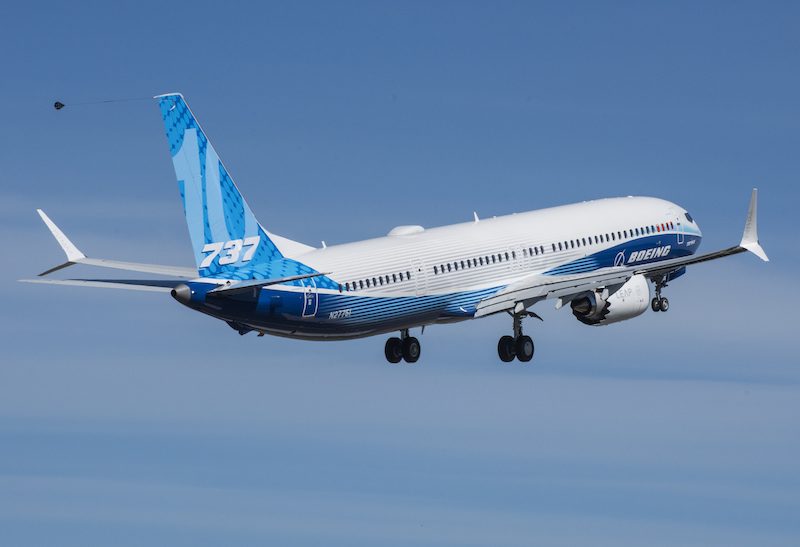
max10
Just when you thought Boeing was finally going to make sense and move headquarters closer to their operations, they did the opposite and announced a move from Chicago to Washington DC. This is even farther away from Seattle, which has been the nexus of its operations since the company’s inception. While having a headquarters separate from operations is not atypical in many industries, for Boeing employees it has become another symbol of the cultural change within the organization that occurred after the 1997 merger with McDonnell-Douglas. We believe it is another step backward for the company.




